This entry was published on September 8, 2025 by Charlotte Bell.
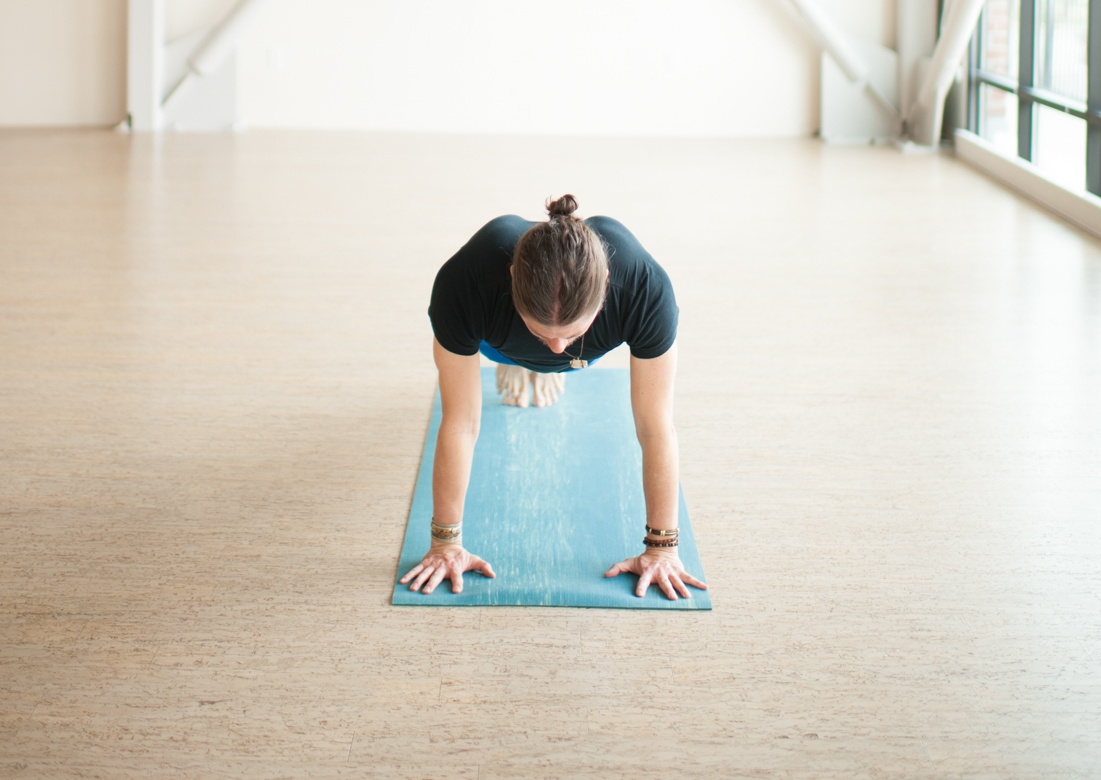
When we think of balancing yoga, the pose of tree (vrksasana) is often the first pose that comes to mind. Of course, there are many other poses that can dispute, and therefore cultivate, a good balance. But how to form our body to practice these poses? Some time ago, I published a blog on the 6 elements of the good balance. All the elements of balance are of the same importance, but today’s position will focus on yoga for the basic force as a means of stabilizing our balance.
When most of us think of the nucleus, we think of the abdominal muscles. But the nucleus is an entire system. It includes the abdomen, the sides and the back; and even the abdominal organs. Wait… the organs? Yes, how the contents of the siege of the abdomen inside the structure can determine whether our nucleus really commits – or does not do so.
In this article, I will suggest a short sequence that can help you stabilize your heart, to support your body’s ability to stay in balance. But first, a lesson on a small bone that can make a big difference.
Hyoid bone and nucleus
The hyoid bone is a small U-shaped bone at the front of your neck which is just below your chin and above your thyroid cartilage. Place your right thumb on the right side of your neck just under your chin and your index on the left side. You can feel the ridges on its surface if you take the area. Because it is the only bone in the body that is not attached to another bone, it is quite mobile. If you press it from the right, you will feel the left side push against your index and vice versa. Its main functions are to help move the tongue and facilitate swallowing.
The position of this small bone powerfully affects your posture. If your chin and your hyoid bone advance or your head bows, your whole nucleus – internal structures such as your organs – will be forward in your abdominal wall. When you draw your hyoid back, lengthening the back of your neck and lifting the base of your skull, your organs and the abdominal wall remove the front back to your spine.
Basic stability in all your poses
So what has it to do with central stability? If you turn your chin and throw your head back in the laying of planks (phalakasana), installation of bird dogs (Parsva Balasana), the laying of staff with four members (Chaturanga Dandasana), your organs and your abdomen appear towards the ground, which makes the installation even more difficult as your arms combat the weight of your nucleus. The drawing of your hyoid back allows your nucleus to lift in your back, to stabilize your installation. You can apply this principle to each installation we practice in yoga. Yoga for the force of the nucleus begins by keeping the head in a neutral position compared to your spine and by removing your hyoid bone.
Yoga for central force: a short sequence
I designed this sequence to approach all the different aspects of the nucleus. Keep your hyoid bone in the wave while you practice this sequence.
Bird dog (Parsva Balasana) Flux
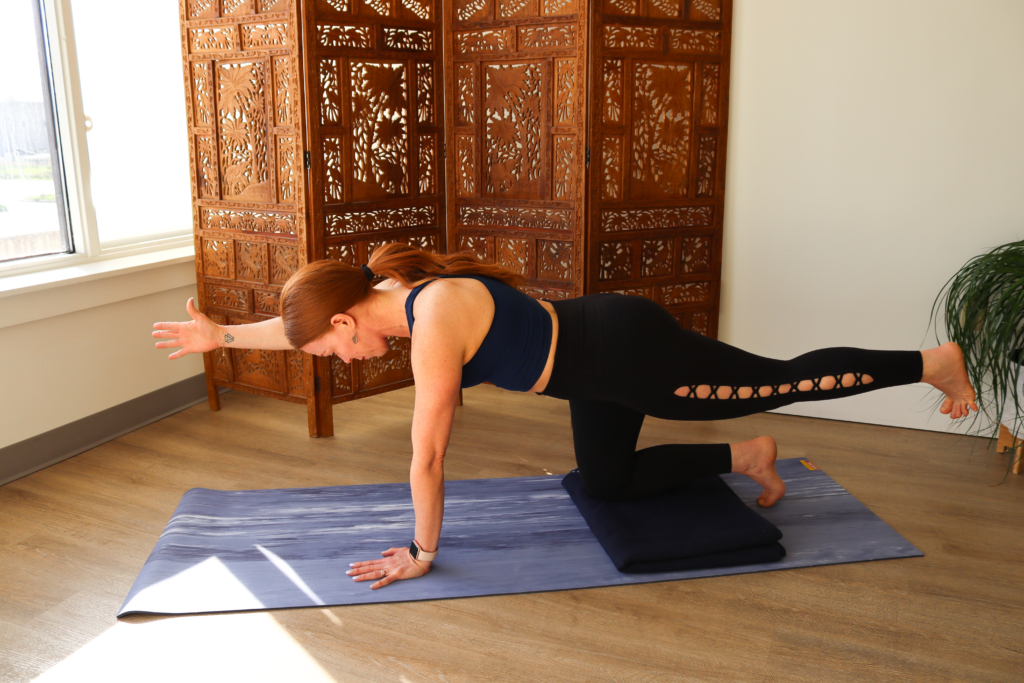
The flow of bird dogs calls into question the balance when it stabilizes the front and rear sides of the nucleus. Because our head position is horizontal, the flow stimulates the vestibular system. Here is an explanation of the series.
Baby Bénérals (variations of Salabhasana)
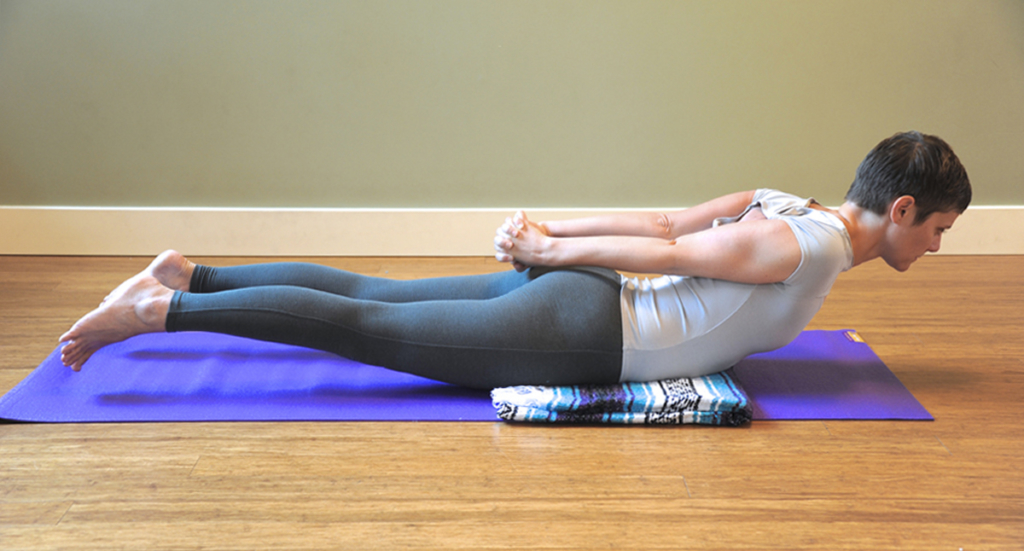
Backbends for babies are often given short in yoga lessons. Because their movements are more subtle than, say, the installation of the ascending arc (Urdhva Dhanurasana), they are often relegated to “beginning” courses. Although the arc upwards requires more shoulder, spine and joint mobility of the hip as the laying of locusts, it does not require as much force. In the so-called “baby” backbends, your back muscles are completely alone, without the help of your members. Babybend for baby are an essential tool for your Yoga for Core Strength Yoga toolbox. Read this blog on a sequence to practice babybend for babies.
Dog installation downwards (Adho Mukha Svanasana)
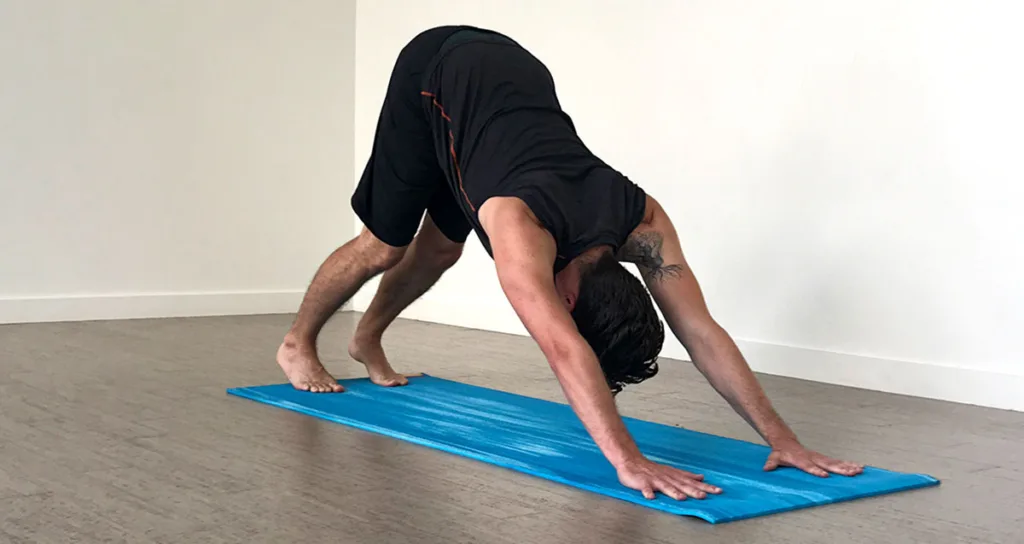
The pose of dogs is good for everything that makes you. It strengthens the nucleus when stretching the torso. The pose also stretches the shoulders and the hamstrings, while it strengthens the upper body. Do not hesitate to sprinkle a dog installation between the poses throughout this series. Practice with the folded knees so that you can focus on the extension of your chest.
Places (Phalakasana)
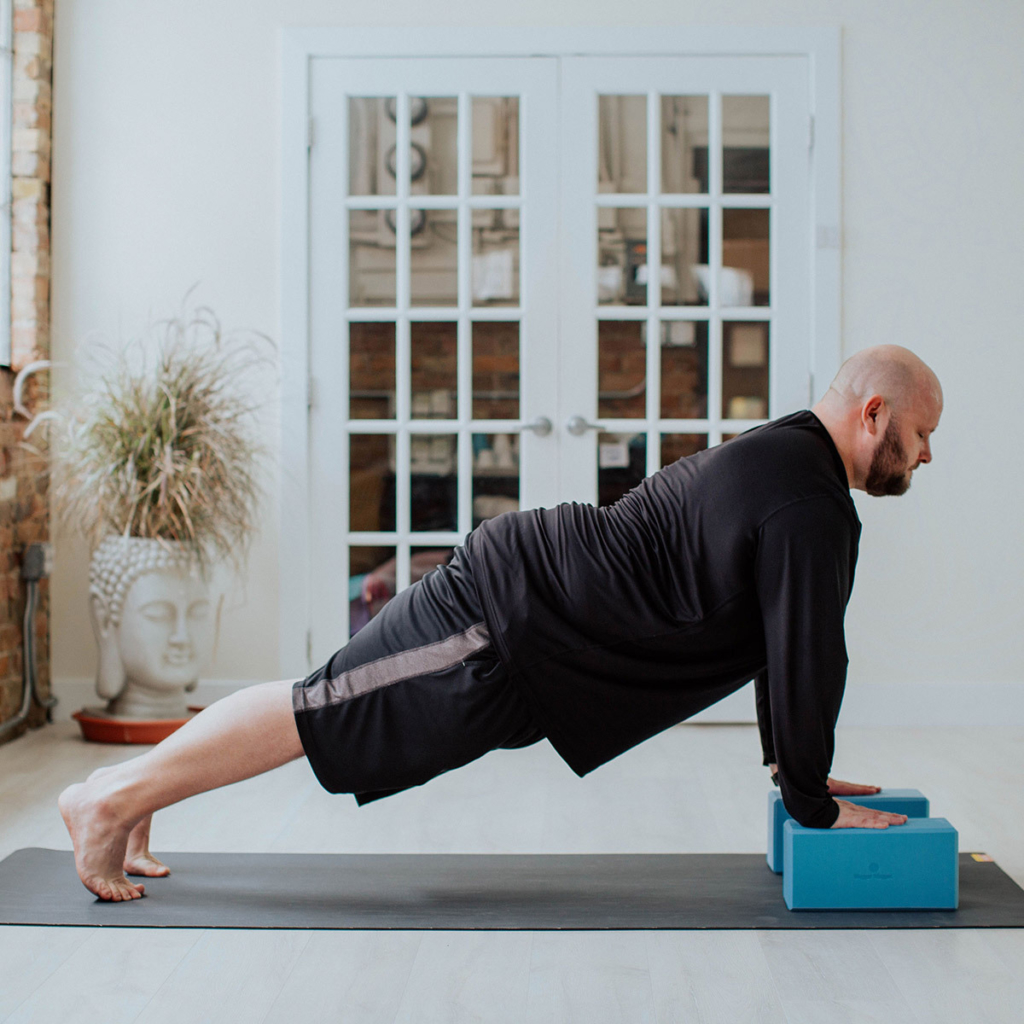
The installation of plates has replaced sit-ups such as the AB reinforcement installation of choice. Even the US military replaced cracking and rest with a boards. Like the installation of bird dogs, Phalakasana strengthens the front and rear sides of the chest while it strengthens the upper body as a whole. Since we do not yet have a message on the waiting method on this blog, I will describe it here. You can train with your hands on the ground, or if you prefer to get around the potential pressure on your hands and wrists, you can train on your forearms.
How to practice plates on your hands
- Start in the installation of dogs facing down on a yoga carpet.
- With your toes turned below, move your body forward so that your shoulders are directly above your wrists.
- Activate your legs by stretching your heels back and make sure that your hyoid bone resumes.
- Your body must be in a straight line. If your pool is too high or too low, your nucleus will not engage. Lift and lower your pool until you feel your abs.
- Stay for 3 to 5 deep breaths, or more if you wish.
- Release your knees on the ground and rest in the installation of the child (Balasana).
How to practice plates on your forearms
- Start in the table installation (Bharmanasana) on a yoga carpet.
- Place your elbows on the floor directly under your shoulders and enter your fingers.
- Back back. Activate your legs by stretching your heels back and make sure that your hyoid bone resumes.
- Your body must be in a straight line. If your pool is too high or too low, your nucleus will not engage. Lift and lower your pool until you feel your abs.
- Stay for 3 to 5 deep breaths, or more if you wish. In my lessons, we practice the forearm version of the installation and stay for 60 seconds.
- Release your knees on the ground and rest in the child’s installation.
Laying of side plates (Vasisthasana)
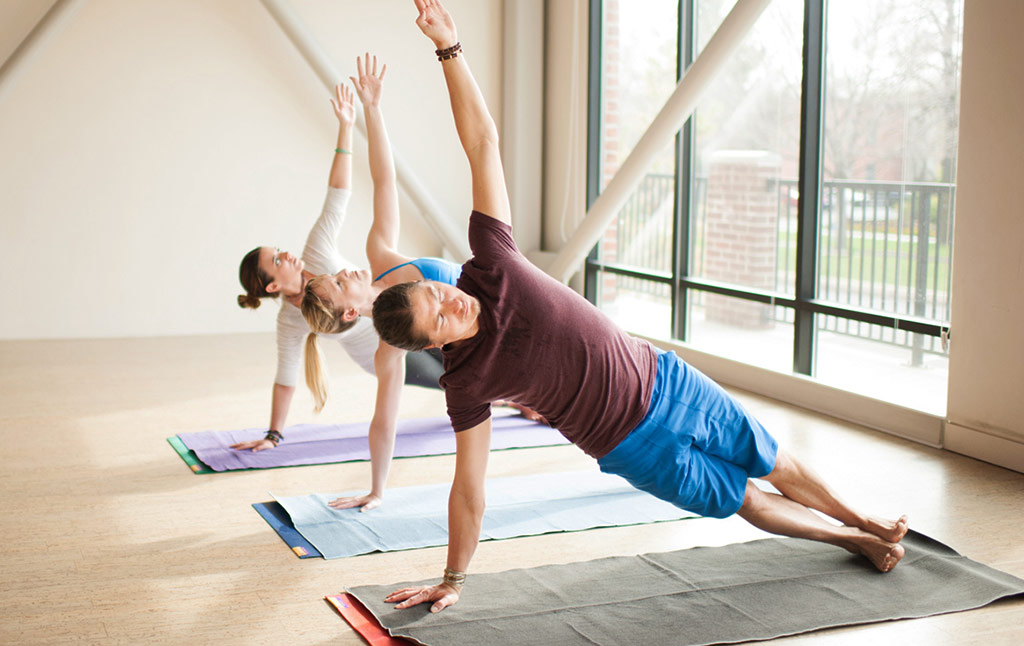
The installation of side plates reinforces the sides of the body because it promotes balance. In the traditional version of the pose, we practice with straight arms. As with Phalakasana, some people can benefit from the practice of their forearms instead. Here are some articles that explain Vasisthasana and several variations in wrist economy:
Vasisthasana: Balance outside your comfort zone
Side board: strengthen your heart, save your wrists
Laying of side planks: Vasisthasana
Finish: Yoga for the basic force
Now that your nucleus is warmed, there are several directions that you can go. Here are some poses that you may want to practice to stretch the heart:
And of course, don’t forget to practice a good and long Savasana (final relaxation).
About Charlotte Bell
Charlotte Bell discovered yoga in 1982 and started teaching in 1986. Charlotte is the author of Mindful Yoga, Mindful Life: A Guide for Everyding Practice and Yoga for Meditators, both published by Rodmell Press. His third book is entitled Hip-Healthy Asana: The Yoga Pratitioner’s Guide to Protect of the Hips and Avoid Si Joint Pain (Shambhala Publications). She writes a monthly chronicle for Catalyst Magazine and is online Yoga U publisher. Charlotte is a founding member of the board of directors of Greentree Yoga, a non -profit organization that brings yoga to poorly served populations. Musician for life, Charlotte plays an oboe and an English horn in the Salt Lake Symphony and the Sextuant Folk Red rock Rondo, whose DVD won two Emmy Awards.

mobiblogtv.love xâm hại trẻ em
Bulgurlu su kaçağı tespiti Kadıköy’deki evimde su kaçağı vardı ve bu ekip sorunu hemen çözdü. Çok memnun kaldım. https://sociol.co/read-blog/5122
aviator игра 1xbet aviator игра 1xbet .
**mindvault**
mindvault is a premium cognitive support formula created for adults 45+. It’s thoughtfully designed to help maintain clear thinking
**breathe**
breathe is a plant-powered tincture crafted to promote lung performance and enhance your breathing quality.